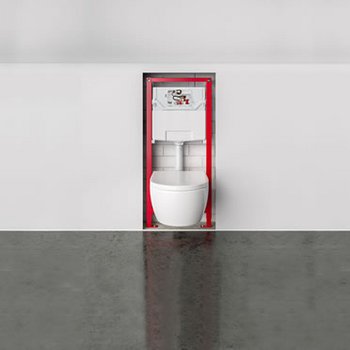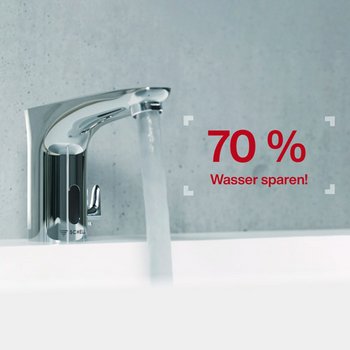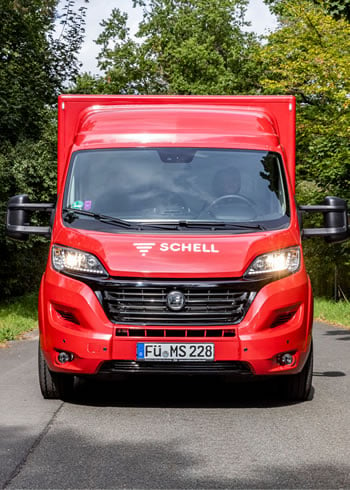Common questions from day-to-day practice – answered on SKH.RADIO
3-minute read
Thanks to its extensive range of services, SCHELL is always available if questions about installation, commissioning or product functionality turn up on the construction site. Our customer advisers use their in-depth know-how to provide the right answer to any question asked by callers to our hotline. For installers on site, this saves a lot of time and ensures work can proceed smoothly. One of our advisors is Tim Brauer, who works as a Technical Advisor in SCHELL’s Applications Engineering team. In a new episode of ‘Refreshingly clear…’ on SHK.RADIO, he talks about the kinds of questions he’s typically asked in his day-to-day work and how these can best be answered. Go here to listen to the SHK.RADIO web stream.
SCHELL fittings: technical details and spare parts
Brauer is often asked questions about basic product functionality, such as “Why is no water coming out of my SCHELL wash basin tap?”, for example. On a customer call like this, the first step is to have the caller fill in some background details so as to be able to move onto providing the actual technical advice needed. Once these details are provided, many problems can be solved there and then. Customers also often enquire about spare parts. SCHELL is very well placed to answer such questions, since reordering spare parts is never a problem, even for products that have long since been discontinued.
SCHELL fitting conversions
Whether SCHELL fittings can be converted is another popular question. And the answer is ‘Yes’. “We can convert many of our fittings from mechanical to electronic variants, and this applies to WCs, showers and urinals, for example,” Brauer explains. This kind of conversion is hugely beneficial, since flow time adjustments are considerably easier on an electronic fitting than on a mechanical model. Another advantage is the option of networking the fitting with SCHELL’s Water Management System SWS, which then makes activities like maintenance easier to manage and schedule.
Better safety with anti-scalding protection
Anti-scalding protection is another topic Brauer knows all about, because all of SCHELL’s thermostat fittings, such as the XERIS E-T, are equipped with this important safety function. This is especially helpful for people with slower reaction times – like residents of retirement or nursing homes – as it protects them from dangerously high water temperatures. And by retrofitting a SCHELL angle valve thermostat, anti-scalding protection can even be provided for wash basin taps that do not offer this functionality themselves.
Simple scheduling of stagnation flushes
Stagnation flushes are another topic that comes up frequently. When it comes to programming SCHELL fittings, there are four options: the traditional method of manual actuation, connecting a USB adapter cable, using the SCHELL Bluetooth module, or making use of our innovative Water Management System SWS. The last option also offers features for networking, controlling and monitoring electronic SCHELL fittings. All of this is handled by the central water management server, which can be accessed using either a tablet or a conventional computer. “That might sound complicated to begin with, but it’s very easy to do in practice,” explains Tim Brauer. Customers wanting to carry out stagnation flushes using ‘old’ SCHELL fittings also have the option of installing new electronics.
Listen to the SHK.RADIO episode to hear about other questions Tim Brauer faces in his day-to-day work, along with his detailed answers. The show can be streamed from our Media Library.























![[Translate to English:] [Translate to English:]](/fileadmin/user_upload/images/menu/menu_service_downloads_broschueren.jpg)








![[Translate to English:] [Translate to English:]](/fileadmin/_processed_/7/7/csm_menu_unternehmen_ueber-schell_awards_f6cec25b1d.jpg)
![[Translate to English:] [Translate to English:]](/fileadmin/_processed_/a/0/csm_menu_unternehmen_ueber-schell_wasser-sparen_41036d2dd9.jpg)





